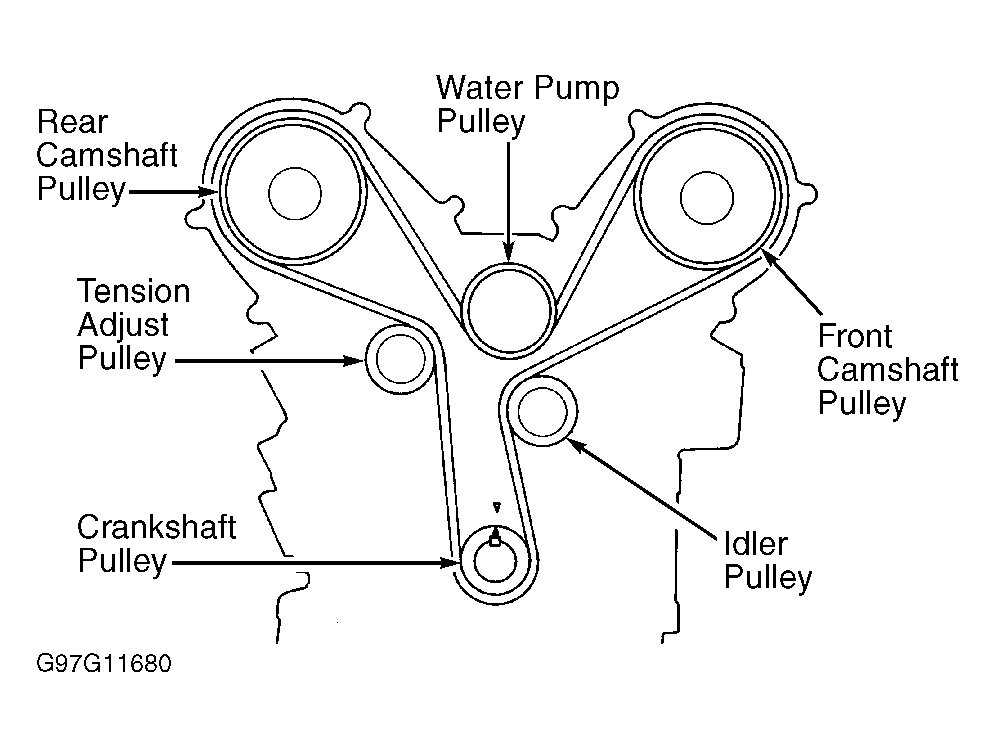Timing Belt Diagram Overview
The 2003 Honda Accord typically features either a 2.4L inline-4 (K24A series) or a 3.0L V6 (J30A series) engine, with the timing belt coordinating camshafts and crankshaft rotation. Since a visual diagram isn't provided here, ensure proper alignment by referencing engine-specific points during service:
- Crankshaft pulley mark: Align with the TDC (Top Dead Center) indicator on the engine block.
- Camshaft pulley marks: Both intake and exhaust pulleys should point towards each other or a designated timing notch when the crankshaft is at TDC.
- Tensioner and idler pulleys: Positioned to maintain belt tension; the tensioner must be released or set correctly per manufacturer specs.
Always verify against service manuals for your exact engine code (e.g., K24A3 for I4, J30A4 for V6), as mismatched diagrams cause severe damage.
Avoiding Costly Mistakes
Timing belt replacement errors on the 2003 Accord often lead to engine failure or expensive repairs. Follow these professional guidelines:

- Do not skip alignment checks: Improper cam/crank synchronization bends valves. Double-check TDC before disassembly and after belt installation.
- Use OEM parts exclusively: Aftermarket belts or tensioners may degrade faster; insist on Honda-genuine components for longevity.
- Replace all related components: Swap tensioners, pulleys, and water pump simultaneously—overlooking wear items like the water pump risks overheating and belt slippage.
- Adhere to torque specifications: Overtightening bolts damages pulleys; under-tightening causes belt slippage. Refer to Honda's service torque values for each bolt.
- Confirm timing post-installation: Rotate engine manually by hand (never with starter) to verify smooth rotation and no interference before starting.
Failure rates drop significantly when consulting official service data; DIYers should invest in a repair manual or seek certified technician assistance for verification.

